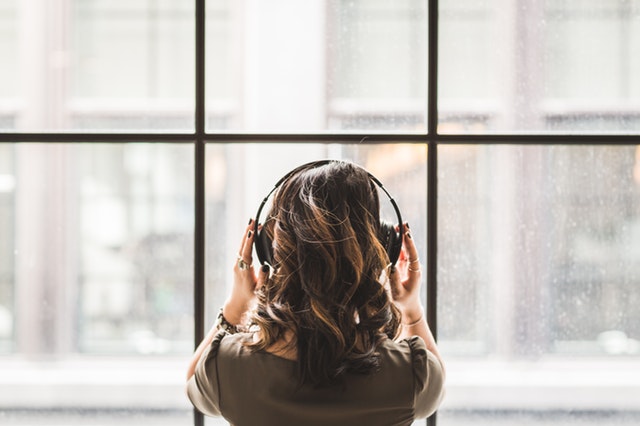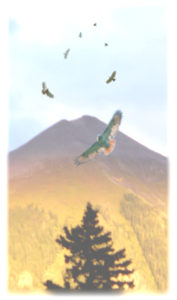I’m both excited and apprehensive about a six week course I will be teaching in the 2019 summer semester at Colorado Mountain College on the subject of music and healing.
Wow. Music and Healing. Such immense topics. Both subjects float across the borders of subjectivity and objectivity, of art, science and medicine, of cultural and individual identity, of the healing or abuse of the spirit, body, and mind. So where do I even begin?
Well on an obvious level music can move us in all sorts of ways. Music can sneak under the spell of our cautious complicated thinking and help us feel what we really feel and say what we really want to say without correction. The right song at the right moment can snap us out of a paralyzing funk. We may be stuck, we may not yet know which way to move, but one song gets us up and moving anyway. Or, just as useful, another song may help us to shift from paralysis to relaxation, to just being more okay with where we are and less nervous about it. Whether sad or happy or in a moment’s sweet spot, the music we choose to listen to changes the nature of our experience.
There is also the dark side of music, reflecting the dark side of humanity. As part of our biological and cultural heritage, music has both a positive and negative side to social bonding. Music has been used for cultural indoctrination and separation, and as an agent of dominance, humiliation, and even torture.
A recent study in the UK of “drill” music, a genre of rap marked by threatening lyrics and gang rivalry, combined with social media, indicated that “drill” music could be linked to attention-seeking crime. The same study showed that violent songs led to aggressive thoughts. With some relief on my part, the paper also indicated that hostile thoughts dissipated if the next song’s lyric were non-violent, or a non-violent event followed.
So, moving on from the light and dark side of human nature and the power of music… . I’d like to broaden my own perception of how music heals. These days when the words music and healing are strung together, there tends to be an emphasis on music that quiets the nervous system. Given that most people in the world at some point cope with some degree of traumatic stress, the soothing music emphasis is understandable. We now have more knowledge and resources available that can help quiet our freaked out nervous systems. Both music and pain use the same neurological pathways, and music can override the emotions and memories that are needed to evoke pain
However, there is no “right” music for healing. What is helpful and healing depends on who, what, when, and where. An insightful massage therapist friend noted that “spa” music, music designed to relax and facilitate an internal meditative state, can make it harder for people who are dealing with depression and rumination, and active music was often more helpful in those conditions.
There’s a type of listening that involves listening to what is inside as well as outside. For musicians one of the holy grails of all their training is to be able to perform within the flow and response of listening internally and externally. The skill of listening is needed in so many areas. Relationships. Work. Play. Compassion for ourselves and others. Listening to the one standing before you, even the one in the mirror.
An area I’d like to explore is how we can heighten our listening in ways that more fully utilize the medicine of music in our lives. We listen not just with our ears, our sense of sound and movement, but with our bodies, our skin and muscles, our emotions, our memories, our identities. Probing in these directions I’d like to throw out a few micro exercises.
Listen from the body. Check out how your body is responding. For example, does the rhythm and bass help your pelvis and belly move. Where are you stiff or loose?
Talking about stiff or loose, listen from the emotions. Does a moment of that song make your heart rise to your throat? What hardens. What softens. Laugh or cry? Nothing? Is there something in the song that disturbs you and you resist?
Listen from your nervous system. I won’t even begin to elaborate on ways to listen to the nervous system in this article, except to say that becoming mindful of your body sensations, what’s going on somatically, can be a bridge.
Listen from your mindful mind. Notice what helps you move through both the calm and the tempest of your life with more flow, resilience, and ease.
Listen to what gets you through to the next song. And in a moment of listening awareness, before interpretation, listen again.
Woo
In the next blog I’ll talk a bit about some of the current scientific research in the area of music and health.

